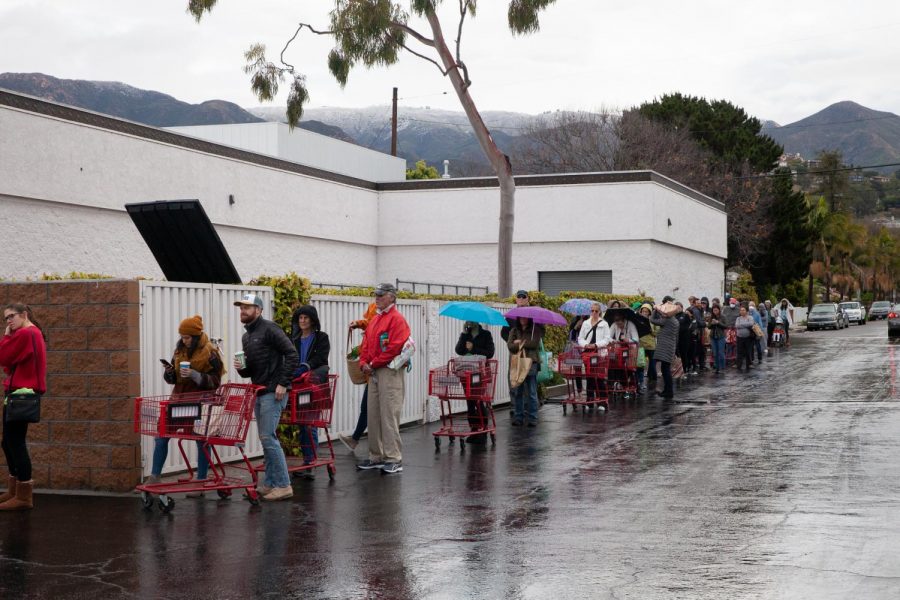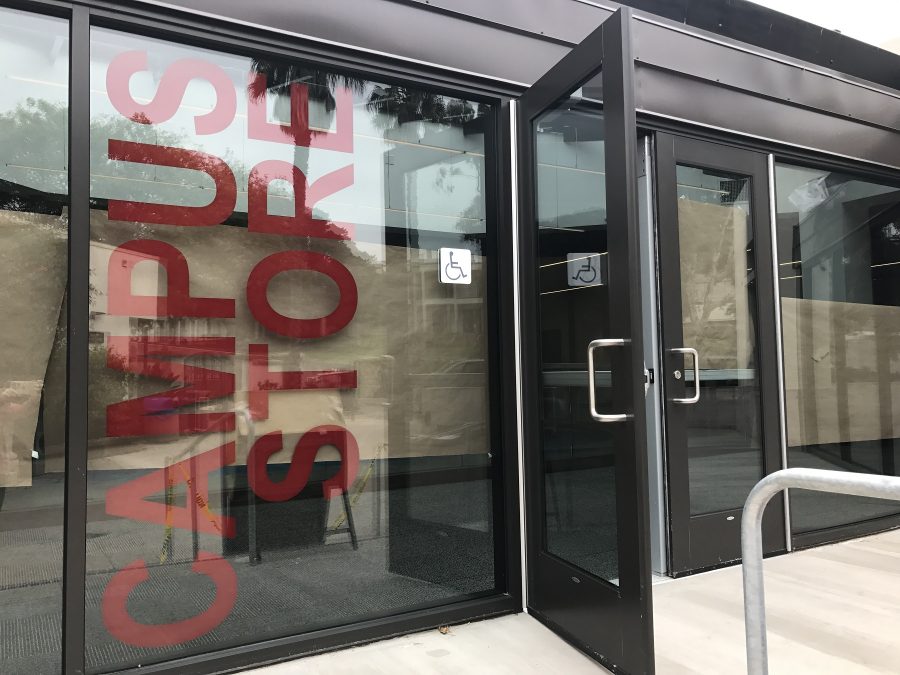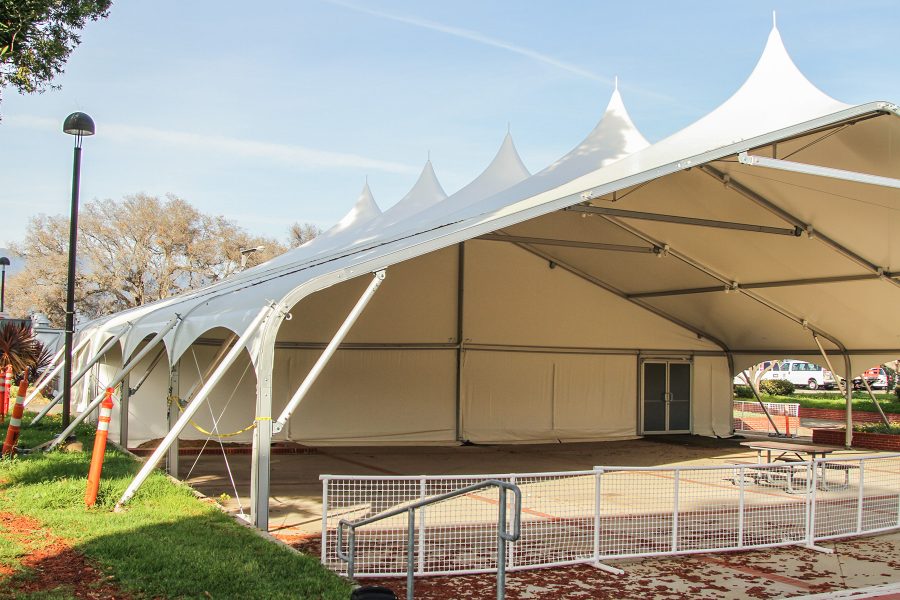It’s no surprise that parking on campus is a problem at City College.
No one likes to arrive at school half an hour before class only to learn there is no available parking space. Every time it happens, students are left with limited options.
The first option, which many of us have experienced, is to drive around the lots, meticulously stalking anyone who appears to be heading toward their car.
Option two involves obstructing other vehicles by claiming a temporary spot in the middle of an aisle. Once someone leaves the lot, you’d race to the spot they just opened up.
There is typically some available parking at Leadbetter Beach or Pershing Park, but this puts students far from their classes. They’d have to rush in order to get to class on time.
Once in a while, frustration gets the best out of them and they simply give up and leave. I’ll admit, I resorted to this a couple of times last semester.
According to Campus Security Office’s report, many surveyed students agreed that the steadily worsening parking situation is interfering with their ability to succeed academically.
Erik Fricke, director of Campus Security Office, counted 1,941 parking spaces for students in 2013. However, 328 of those are carpool spots, and 708 are spots at Leadbetter Beach and Pershing Park. That leaves around 900 spots actually available on campus.
Despite the minimal parking availability, the cashier’s office estimates it sold 5,482 parking permits this semester. Even if only a quarter of those students were on campus at a given time, there still wouldn’t be enough spaces.
Recently, the Facilities, Safety, Security and Parking Committee has proposed revamps to close off East Campus to student drivers, which may further affect parking.
Granted, the city does offer an array of other transportation methods so that individuals can avoid the parking issue altogether. The SBCC website suggests taking the bus to school, carpooling, biking, walking and even motorcycling.
However, it should be noted that these alternatives, though diverse, are not always entirely dependable.
The bus is commonly recommended to students who do not have a car. Unfortunately, the bus is known to run late on occasion and tends to be overly compacted with students.
Many times, they become so crowded that students are forced to wait for the following bus. This makes them late to class, work and other after school commitments.
In addition, the increased rate of student passengers has caused Metropolitan Transit District to lose money. Its officials are reconsidering whether they will continue offering students such affordable bus passes.
It’s important to realize that all students are charged a mandatory $26 transportation fee each semester, yet many never take the bus. If all students did decide to take it, the current system would not be able to accommodate everyone.
While other transportation alternatives suggested by the school may sound practical for some, for those living in Isla Vista, such options are not so realistic.
The parking situation is not a problem that will go away overnight. The number of students enrolled at City College is not likely to drop, nor is a new parking structure likely to be built any time soon.
It cannot, however, be ignored.
Attention should go towards bettering the methods of transportation City College is promoting. Carpooling and rideshare options such as SmartRide should be encouraged as much as possible and should be accessible to students.
Our bus system could be more efficient. The articulated buses tested in the spring last year ought to be brought back as soon as possible.
Perhaps, eventually a more radical solution will be possible. For now, the focus should be on saving gas, saving time, and finding the best method of getting to class.







